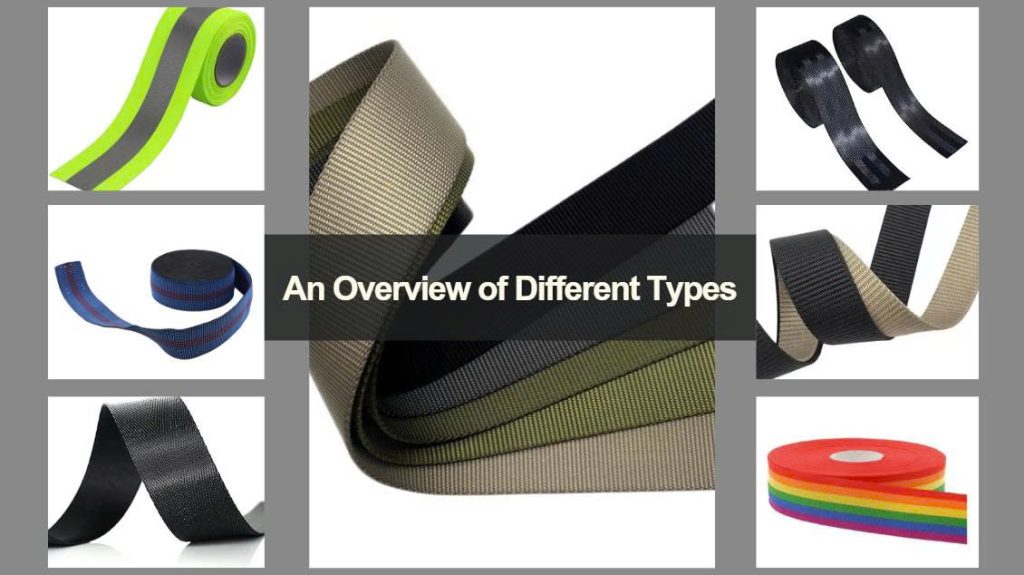Blog
Understanding Webbing: An Overview of Different Types
When it comes to bags, backpacks, and outdoor gear, webbing straps are often the unsung heroes. These durable and versatile components not only enhance functionality but also contribute to the overall design and performance of carrying accessories. In this article, we’ll explore the history of webbing belts, the different materials used, and their key applications.
The Origins of Webbing Belts
Webbing belts have been around for centuries, originating from ancient civilizations where woven fabrics were crafted for both decorative and functional purposes. The modern era of webbing began in the mid-20th century, with military forces pioneering the use of nylon webbing belts for their superior strength, flexibility, and durability. This innovation soon made its way into civilian markets, becoming a staple in consumer products like backpacks, luggage, and outdoor gear.
Common Webbing Materials
Nylon Webbing
Renowned for its excellent strength-to-weight ratio, nylon webbing is tough, abrasion-resistant, and ideal for demanding applications like backpack straps, climbing harnesses, and tactical equipment.
Polyester Webbing
Polyester webbing boasts high tensile strength and excellent UV resistance, making it less prone to stretching. It’s a preferred choice for outdoor gear, automotive seat belts, and heavy-duty straps.
Polypropylene Webbing
Lightweight and budget-friendly, polypropylene webbing is commonly used in bags, casual straps, pet leashes, and seat belts due to its softness and water resistance.
Cotton & Nylon Blends
By combining the natural comfort of cotton with the strength of nylon, this blend is perfect for canvas bags, tote straps, and other lifestyle products.
Advanced Synthetic Fibers
Types of Webbing Designs
Elastic Webbing
Flexible and stretchable, elastic webbing is found in apparel, furniture, and automotive interiors where comfort and adaptability are key.
Reflective Webbing
Woven with reflective threads, this webbing enhances visibility in low-light environments, making it ideal for safety gear, backpacks, and pet accessories.
Dual-Color Webbing
Combining two contrasting colors, this webbing is often used for aesthetic or branding purposes in outdoor gear, belts, and fashion items.
Multicolor Webbing
Featuring intricate patterns and multiple colors, multicolor webbing adds visual appeal to bags, trims, and lifestyle accessories.
Popular Weave Styles
Branding Techniques on Webbing
Webbing can be customized using a variety of methods to reflect brand identity or enhance visual appeal:
Key Applications of Webbing in Bags and Backpacks
Attachment Loops
Webbing is often used to create loops for securing carabiners, external pouches, or other add-ons, enhancing functionality and organization.
Adjustable Straps
Webbing belts allow for easily adjustable straps, ensuring a comfortable and customized fit while evenly distributing weight.
Reinforced Handles
In heavy-duty bags, webbing is stitched into handles for added strength, preventing tearing and ensuring long-lasting performance.
Compression Straps
Many backpacks feature webbing compression straps that help compress and stabilize contents, reducing bulk and improving balance during movement.

